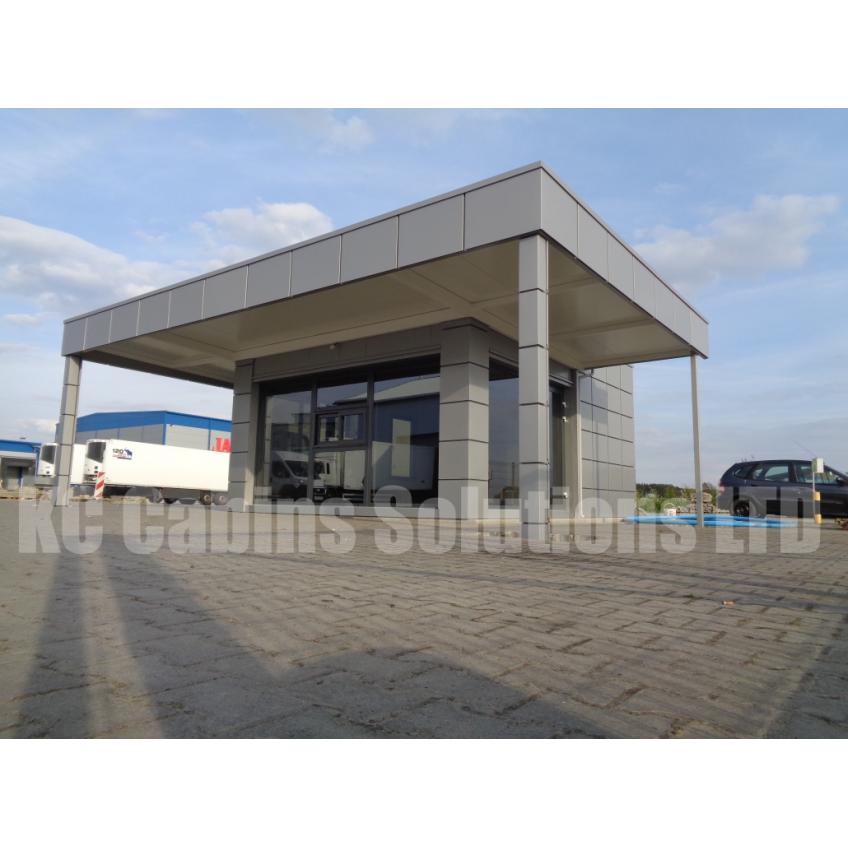
Adjusting to Trade During the Times of Social Distancing
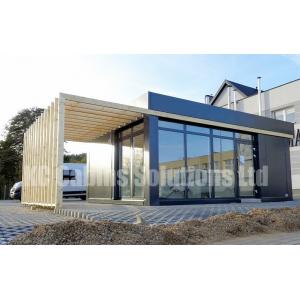 For a while now, since we are faced with the new normal, we are obligated to adjust to changes around us. The impact of all the changes depends on the type of business you’re in, a café, an office, a car rental service, a car garage, and so on. Among different rules, accommodating social distancing is one of the most common challenges we are now facing. Whatever your current solution to this challenge is, today we are hoping to offer an idea for an improvement to your modular building or, in fact, any other building’s outdoor space.
For a while now, since we are faced with the new normal, we are obligated to adjust to changes around us. The impact of all the changes depends on the type of business you’re in, a café, an office, a car rental service, a car garage, and so on. Among different rules, accommodating social distancing is one of the most common challenges we are now facing. Whatever your current solution to this challenge is, today we are hoping to offer an idea for an improvement to your modular building or, in fact, any other building’s outdoor space.
When we think of social distancing, we realize how much more space, indoor or outdoor, is needed. In order to accommodate the same number of clients we are used to serving, we are challenged to either create double queues, more sitting areas, or figure out some other bespoke solution. And suddenly the outdoor space has become more important than ever. Whether it’s to add tables outside the café, add queuing space for clients, create meeting area or serving space and queue for a pass-through window, the outdoor space helps greatly during this difficult time.
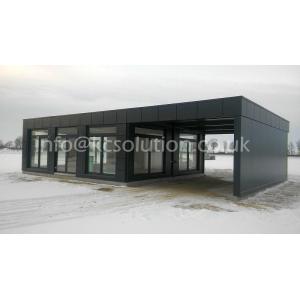 And yet, as the summer ends, temperatures drop and the weather becomes more difficult to predict, you may start feeling nervous about maintaining outdoor services or even having your clients to queue outside. Let’s face it, how many clients will want to stay in queues when the rain is pouring down on their heads and the wind becomes significantly cooler. Ideally, you may hope for more indoor space to accommodate this change, however, what if this isn’t an option? Consider other methods of updating your surroundings, such as investing in a canopy.
And yet, as the summer ends, temperatures drop and the weather becomes more difficult to predict, you may start feeling nervous about maintaining outdoor services or even having your clients to queue outside. Let’s face it, how many clients will want to stay in queues when the rain is pouring down on their heads and the wind becomes significantly cooler. Ideally, you may hope for more indoor space to accommodate this change, however, what if this isn’t an option? Consider other methods of updating your surroundings, such as investing in a canopy.
A canopy could be of different sizes and shapes. If you would like, a canopy can become an additional space, an open outdoor room. A modular building with a canopy can be designed to fit your needs. Most importantly though, a canopy could guard your clients against rain and wind. An outdoor space, if nicely decorated, can be very inviting. And because it is outside, it is instantly visible to the clients. This creates an even more inviting feeling.
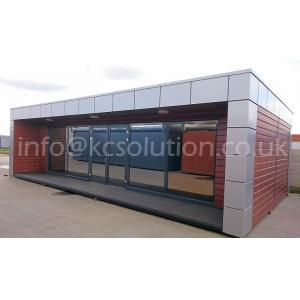 Additionally, when it comes to indoor spaces, these are still a worry to many people. Clients may feel uneasy to enter indoor space. Therefore, again, having an open outdoor space, achieved by installing a simple canopy, may have a positive effect on a number of clients wanting to use the services. The type of decorations you choose such as light, furniture, or signage, will all improve the look of your business. Even if you want your canopy to be small and simple, and only to guard your clients against weather conditions, it is still an investment that will pay off.
Additionally, when it comes to indoor spaces, these are still a worry to many people. Clients may feel uneasy to enter indoor space. Therefore, again, having an open outdoor space, achieved by installing a simple canopy, may have a positive effect on a number of clients wanting to use the services. The type of decorations you choose such as light, furniture, or signage, will all improve the look of your business. Even if you want your canopy to be small and simple, and only to guard your clients against weather conditions, it is still an investment that will pay off.
A simple canopy can go a long way to help you maintain your business during this time and past this time too. Investing in a canopy have the potential for a positive visual and practical transformation of your business for years to come no matter the social distancing measures in place.

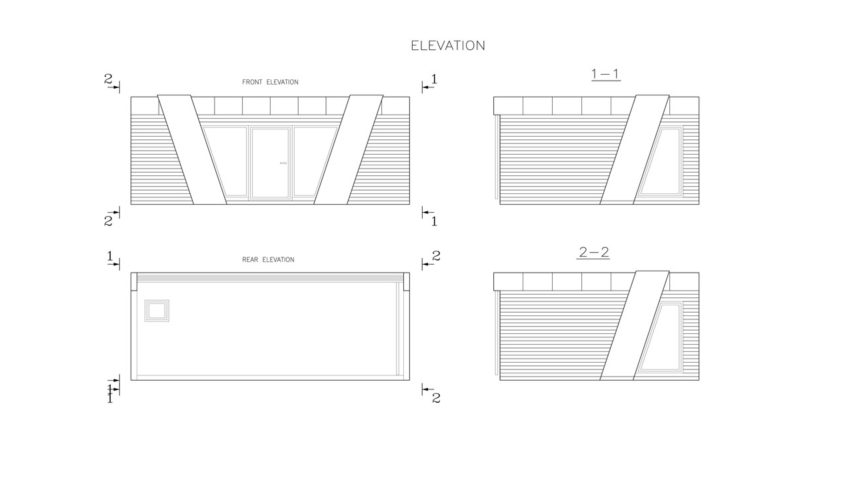
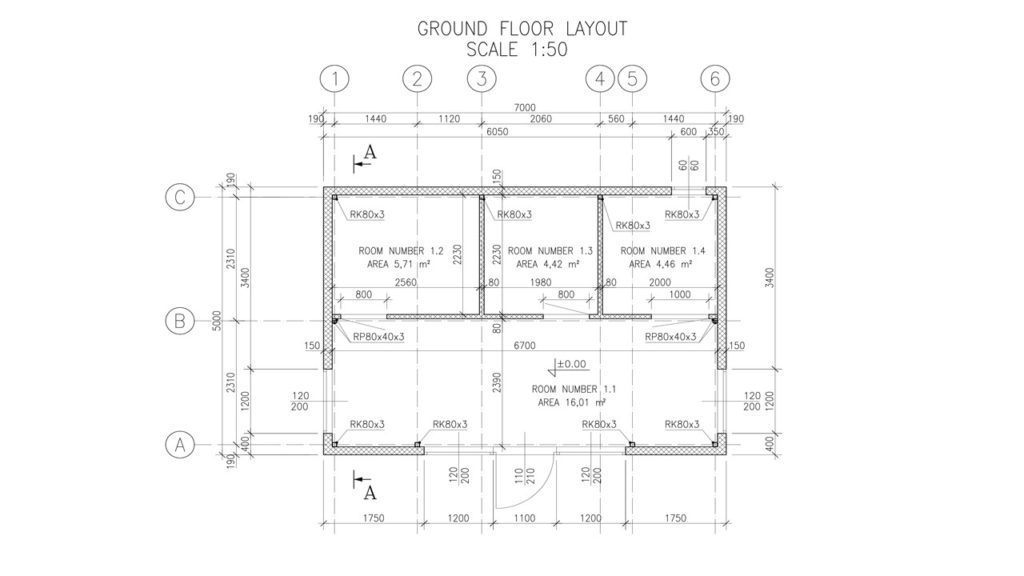
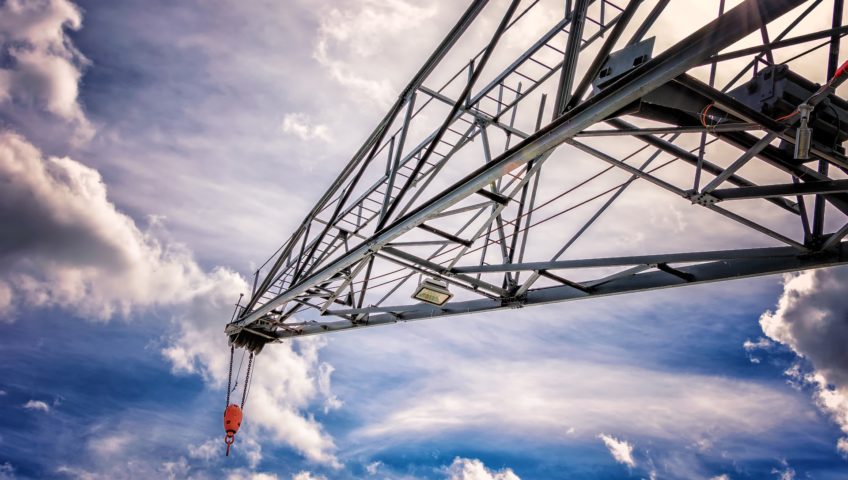

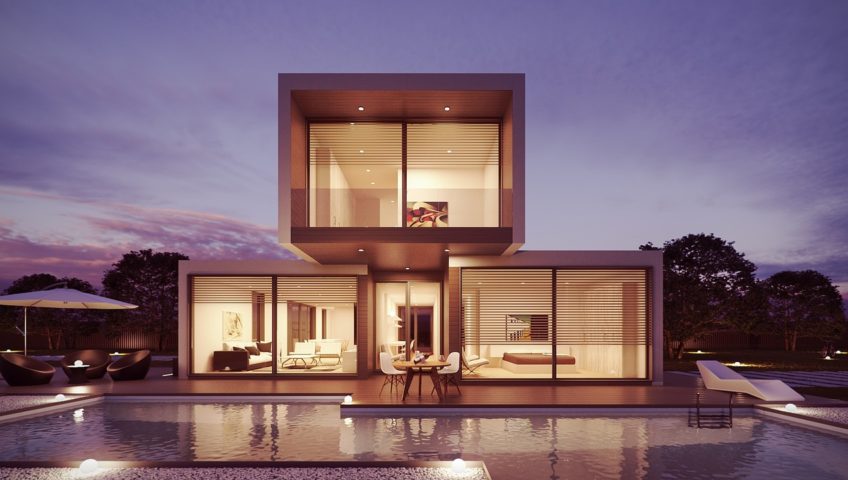

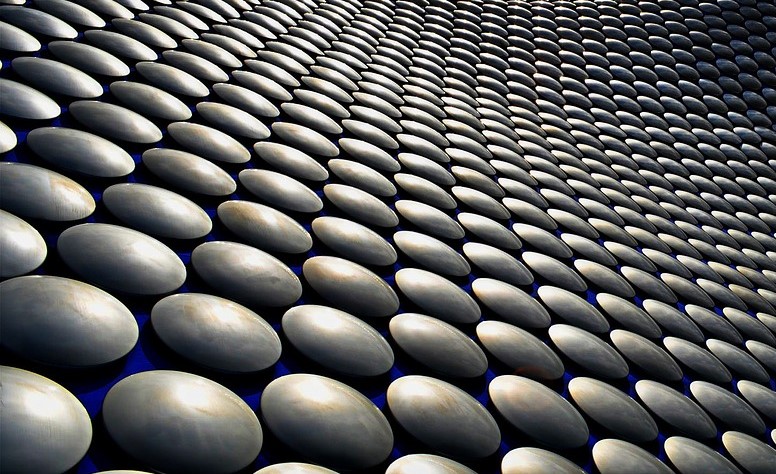
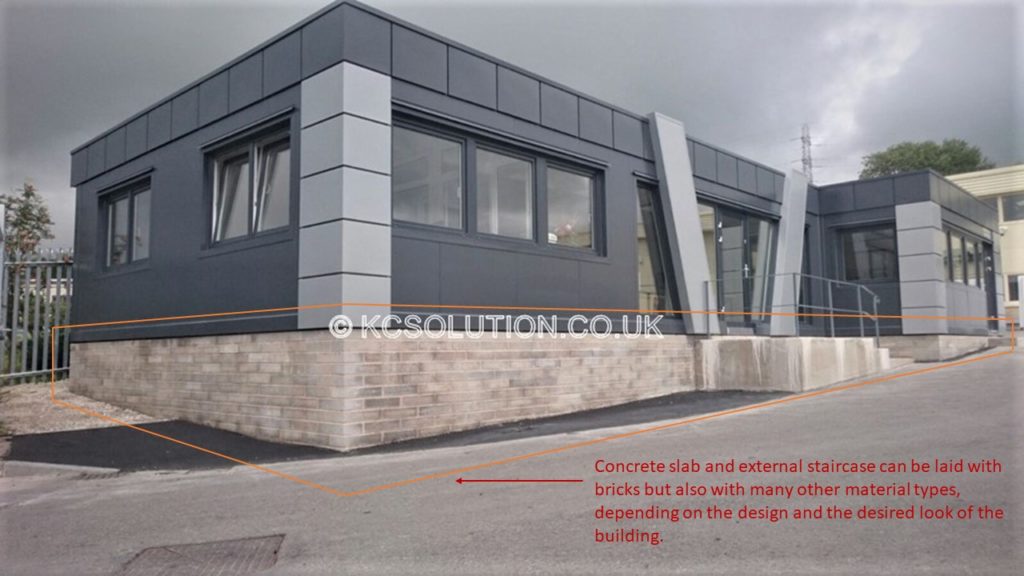

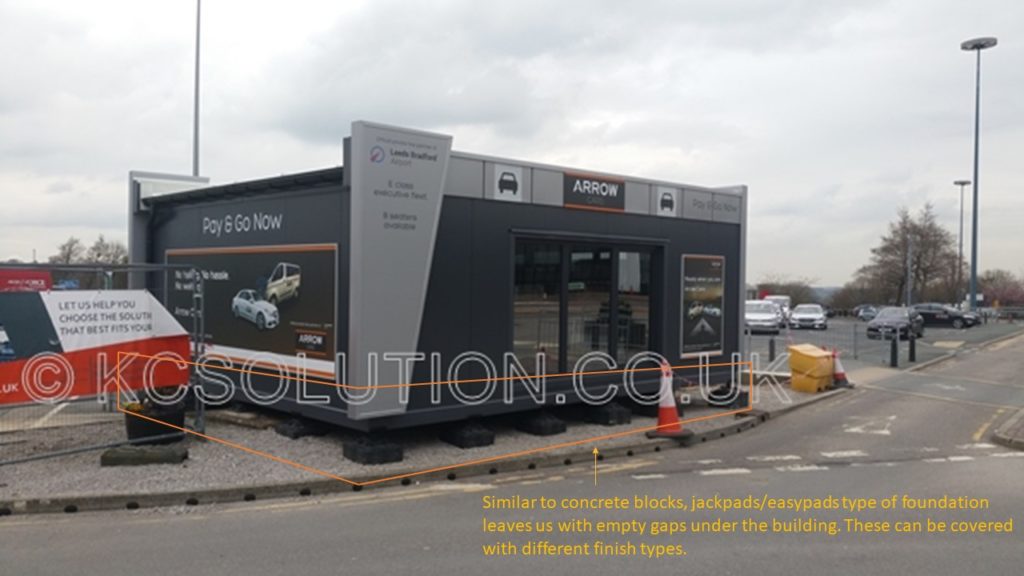
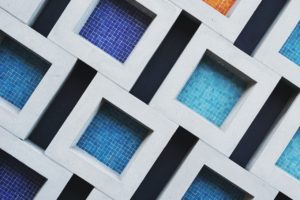

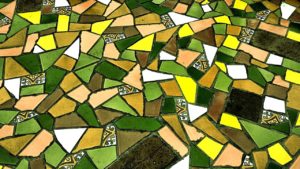
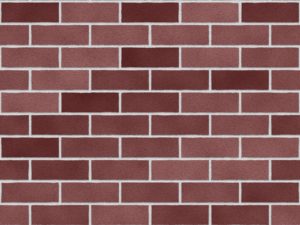
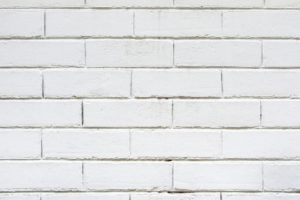
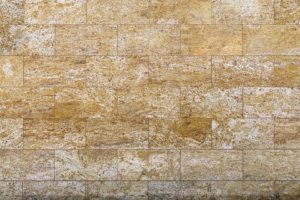
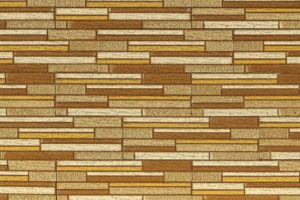 Other than given examples here, bricks are also presented on the picture of a concrete slab foundation example at the top of this article. It is a choice often made by our clients as a foundation finish which makes bricks the most popular option for the foundation design. There is a variety of different colors and sizes of bricks you can choose from as well as the option of going for clinker bricks. If you want to go for the simplicity of bricks, it is a quick decision leaving you with a simple choice of color and size. Clinker bricks present us with a greater diversity of designs. If you are feeling adventurous and you will decide on the use of clinker bricks, you can choose from within varied styles retaining some of the visual aesthetic of a brick at the same time.
Other than given examples here, bricks are also presented on the picture of a concrete slab foundation example at the top of this article. It is a choice often made by our clients as a foundation finish which makes bricks the most popular option for the foundation design. There is a variety of different colors and sizes of bricks you can choose from as well as the option of going for clinker bricks. If you want to go for the simplicity of bricks, it is a quick decision leaving you with a simple choice of color and size. Clinker bricks present us with a greater diversity of designs. If you are feeling adventurous and you will decide on the use of clinker bricks, you can choose from within varied styles retaining some of the visual aesthetic of a brick at the same time.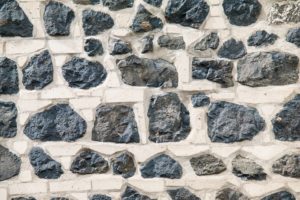

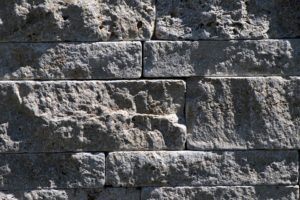
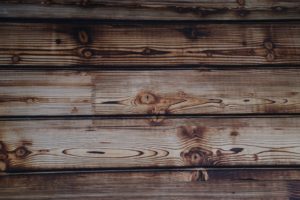
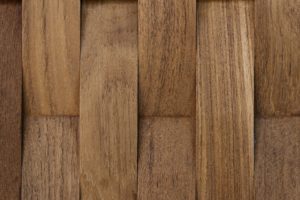
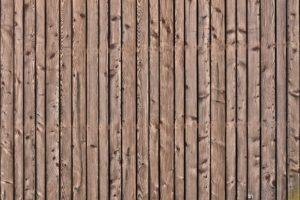
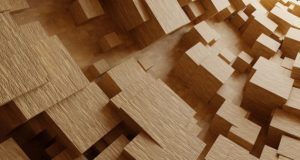


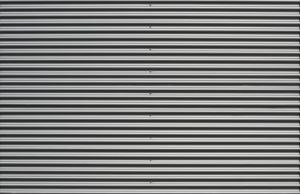
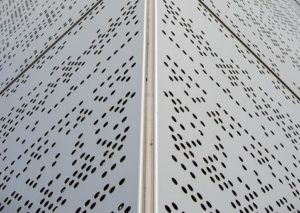
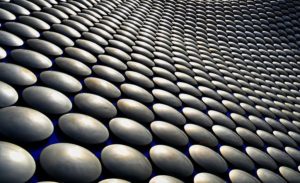


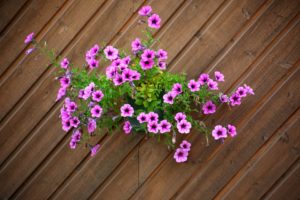
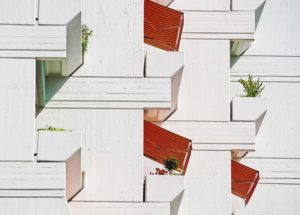
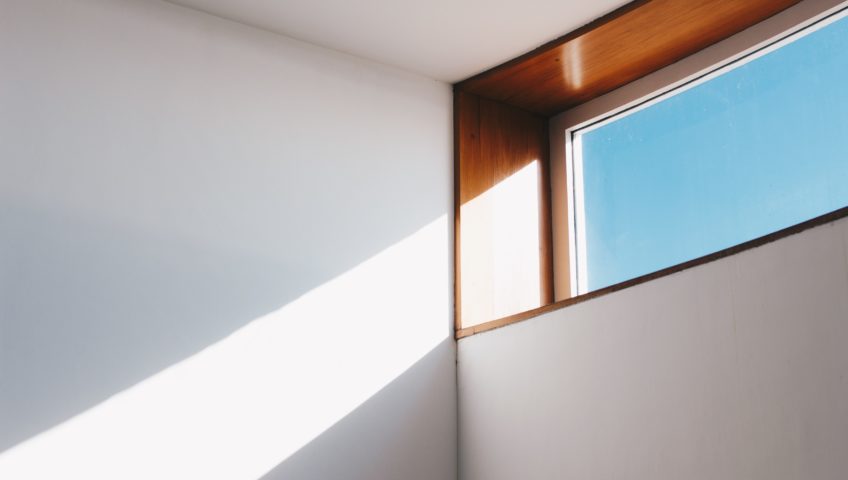
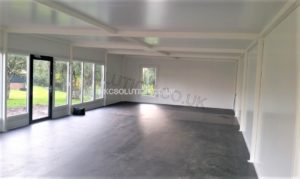 In order to confirm our belief of positive effect of natural light on people, we decided to do a small survey among our employees. Results of the survey confirmed that all of our employees agreed on the positive effects of natural light onto their mood as well as noticed rise in their energy levels which often lead to a rise in their productivity. Lack of sunlight and short days during winter were associated with lower mood.
In order to confirm our belief of positive effect of natural light on people, we decided to do a small survey among our employees. Results of the survey confirmed that all of our employees agreed on the positive effects of natural light onto their mood as well as noticed rise in their energy levels which often lead to a rise in their productivity. Lack of sunlight and short days during winter were associated with lower mood. 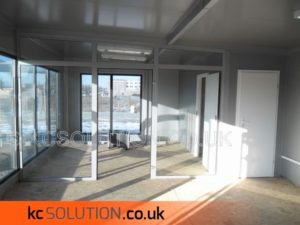 artificial light, in successful interior design. When there is not enough natural light, either because of insufficient space for windows or simply because of bad weather conditions, the artificial light comes to the rescue, but the sunlight can never be replaced. This is why we offer designs where employees and business clients can benefit from a large amount of natural light. To produce the design maximizing the amount of light in the most convenient way is to know the purpose of the building as well as to know our clients’ needs. This is why the conversation with our clients is the most important part of the designing process.
artificial light, in successful interior design. When there is not enough natural light, either because of insufficient space for windows or simply because of bad weather conditions, the artificial light comes to the rescue, but the sunlight can never be replaced. This is why we offer designs where employees and business clients can benefit from a large amount of natural light. To produce the design maximizing the amount of light in the most convenient way is to know the purpose of the building as well as to know our clients’ needs. This is why the conversation with our clients is the most important part of the designing process.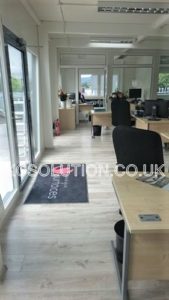 There are many types of shades and blinds with light filtering features, allowing you to enjoy the sunlight but reducing its strength. You can also choose UV protection shades which are smart looking. These shades will let you enjoy the view, as well as enjoy the sun, while at the same time reducing its strength again. The way we position furniture within the room is also important. We can avoid areas of direct sunlight when we position our office desks.
There are many types of shades and blinds with light filtering features, allowing you to enjoy the sunlight but reducing its strength. You can also choose UV protection shades which are smart looking. These shades will let you enjoy the view, as well as enjoy the sun, while at the same time reducing its strength again. The way we position furniture within the room is also important. We can avoid areas of direct sunlight when we position our office desks. 